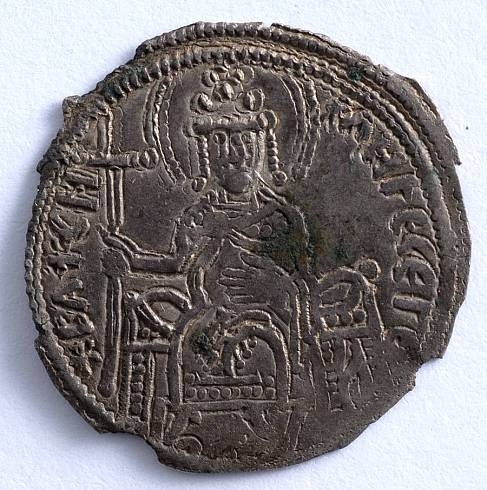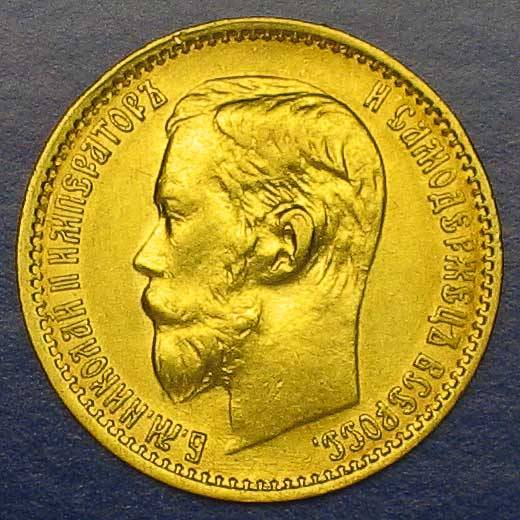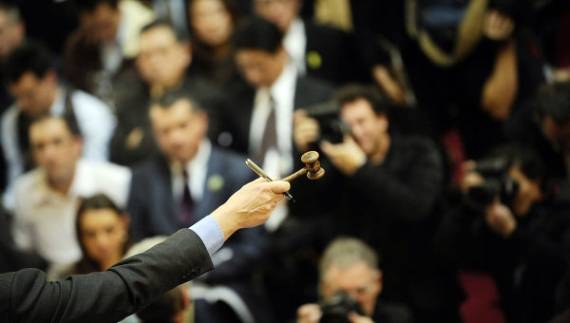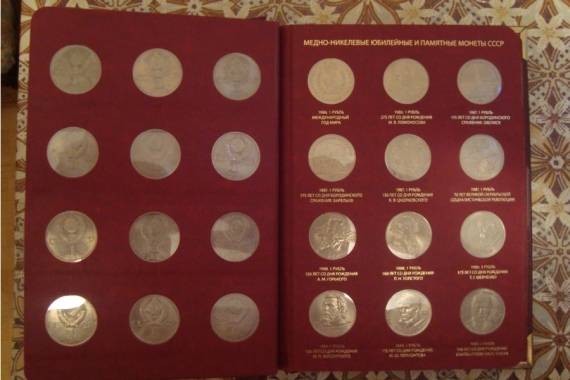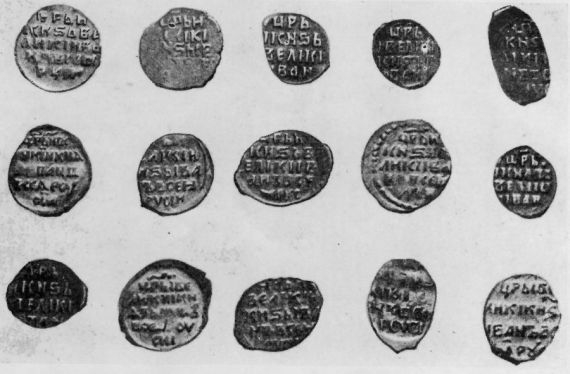3 coins of medieval England
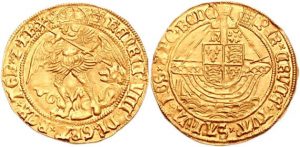 A rather large role in collecting coins is played by the age of the coins themselves, and the older they are, the more valuable your collection will be. A typical example of this is English medieval coins, mostly made of silver and gold.
A rather large role in collecting coins is played by the age of the coins themselves, and the older they are, the more valuable your collection will be. A typical example of this is English medieval coins, mostly made of silver and gold.
Particularly popular with coin collectors are the coins of England of the era of Henry VII, known as the golden sovereign (GoldenSovereign). Such a large demand for these coins is primarily due to the fact that they, besides being made of pure gold, also have a large mass – about 15 grams. On the obverse of the coin is depicted the monarch himself, importantly seated on a throne, and primarily symbolizing the power and power of the Tudor clan, to which the monarch himself belonged. Few collectors are aware of the fact that this coin is also a kind of propaganda, as it was released during the so-called War of the Rose, and first of all it had to show that the victory will remain for the Tudor family, and supposedly new money will be used now and in the territory of the enemy. The reverse side of the coin is adorned with the Tudor family coat of arms, indicating the year of issue and the inscription glorifying the royal family.
No less beautiful coin is the so-called “Golden Angel” (GoldenAngel) – a coin issued by the King of England Edward IV. As a matter of fact, in addition to the well-chosen name, the coin itself has a charming appearance. An image of an angel spearing a huge snake is carved on the front side, and the image is minted so well that it looks very realistic. According to the cant of the coin, the name of the monarch and the year of the coin were printed. On the back of the coin is placed the royal coat of arms, and on the cant of this side – four crosses – indicating that all power belongs to this king of England.
Finally, you should also pay attention to the silver coin, which fully reflects the influence of the Renaissance. This coin dates back to 1500, that is, to the late Middle Ages, however, starting from this period, quite realistic minted images of kings began to appear on English coins. The first such coin was silver testun, issued in the amount of about a quarter of a million copies and depicting the same Henry VII. As for the reverse side, the family royal coat of arms remained unchanged on it. However, it is worth noting that the mass of the coin has significantly dropped – it amounted to about 12 grams, and this despite the fact that it was not made of silver of the best quality.
Thus, the rather rich and wonderful world of coins of the English Middle Ages is able to interest anyone who enjoys numismatics and for whom collecting coins is the meaning of life, or at least part of it. And besides, as you can see, coins made of silver and gold are almost the same in value for those who invest in their value all their strength and free time.
